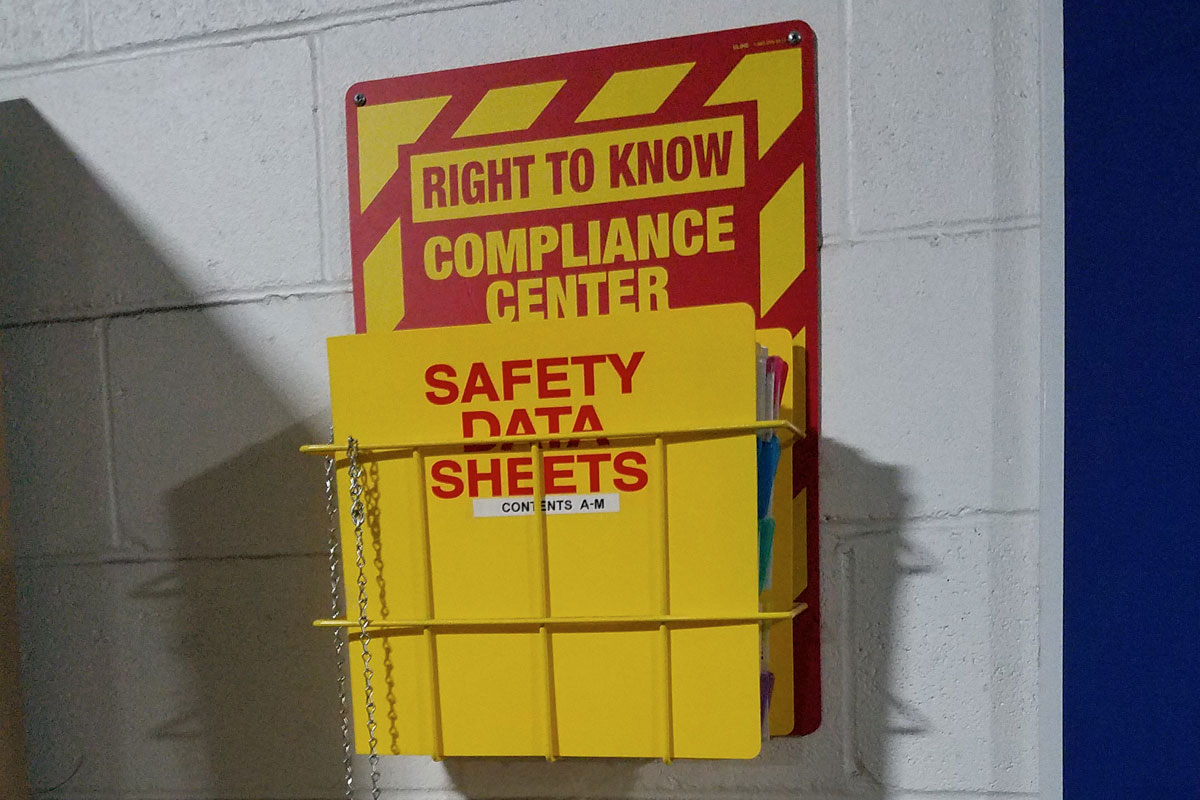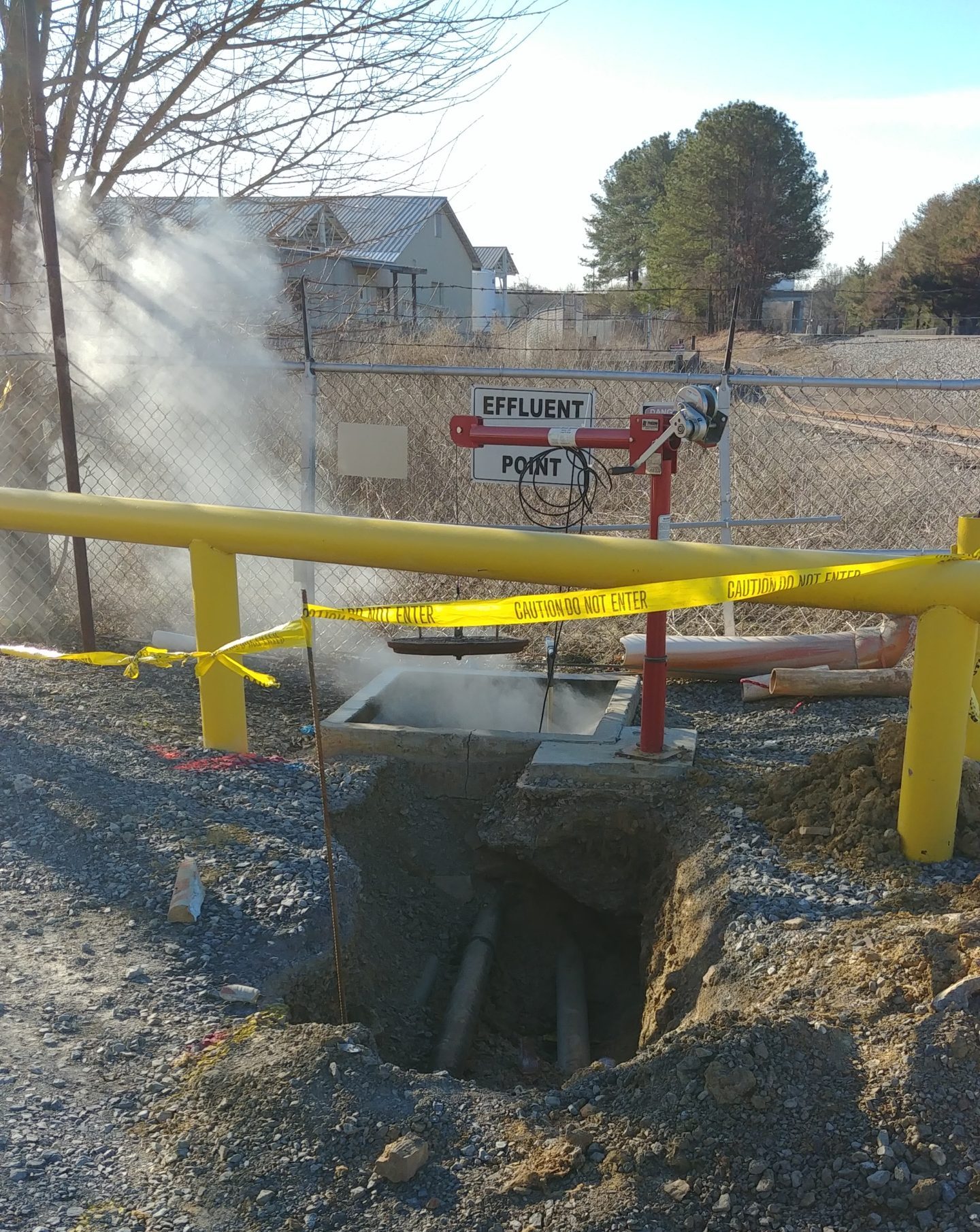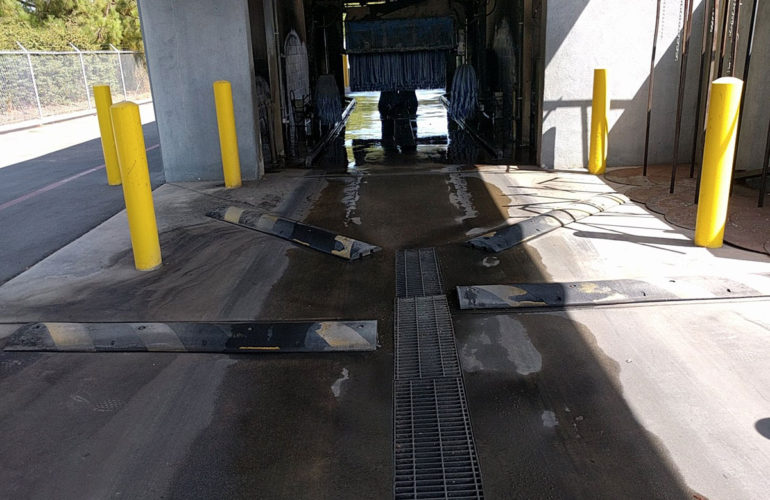Congratulations, you’ve submitted your Tier II report, but are you sure you reported everything? There are some common misconceptions about Tier II reporting that could mean you are not reporting correctly. Below are some things to consider before you answer “Yes.”
- Did you review all the products you use or store onsite and check Safety Data Sheets (SDSs) for the list of hazardous chemicals?
- Are you reporting pure chemicals or mixtures?
- If you reported pure chemicals, did you add all occurrences of the chemicals with a concentration greater than 1% to come up with a total quantity onsite?
- If you reported mixtures exceeding the threshold, did you report all chemicals in concentrations greater than 1% on your submittal?
- If you have a car, truck, or heavy equipment batteries stored onsite, did you calculate the sulfuric acid or lead contained inside?
- Did you pay any applicable fees?
- Did you submit the report to the State Emergency Response Commission (SERC) or equivalent, the Local Emergency Planning Committee (LEPC) or equivalent, AND the local Fire Department?
If you said no to any of these, you may not have a fully satisfied report to submit. It’s important that you pay attention to detail so that you are complying with EPA regulations.
Misconceptions When Completing Your Tier II Report Card
Facilities do not always include all Tier II chemical quantities and may miss some chemicals due to some common misconceptions. So you’ll need to make sure you are including all relevant chemicals and quantities. Below are some common mistakes when preparing Tier II reports.
Misconception: “I only have to count the products I have that exceed the 10,000-pound threshold.”
Reality: Total up the chemicals from all products kept on-site to see if they exceed the appropriate threshold, which may be lower than 10,000 pounds depending on the chemical. You are not required to include chemicals with concentrations of less than 1% within a product.
Example:
Determine how much acetone you have on-site. From the calculations below, acetone would be a reportable chemical for Tier II. Notice that only one “product” was at the 10,000-pound threshold. If you were only counting “products” above the threshold, then you would have calculated acetone on-site as 6,000 pounds and would have under-reported.
| Product | Amount on-site (lb) | Acetone from SDS (%) | Amount of Acetone on-site (lb) |
| 1 | 8,000 | 20 |
1,600 |
| 2 | 5,000 | 10 | 500 |
| 3 | 1,000 | 100 | 1,000 |
| 4 | 10,000 | 60 | 6,000 |
| 5 | 2,500 | 40 | 1,000 |
| TOTAL | 10,100 |
Misconception: “All batteries are articles and are exempt from Tier II reporting.”
Reality: According to EPA, “All forms of lead-acid batteries are not considered articles because they have the potential to leak, spill, or break during normal conditions of use, including foreseeable emergencies.” Batteries are required to be counted either using the entire weight of the battery as a whole or by determining the amounts of sulfuric acid and lead using the SDS. Please note that sulfuric acid is an extremely hazardous substance and has a reporting threshold of 1,000 pounds. The threshold for lead is 10,000 pounds.
Misconception: “All of my chemicals are in small containers, so I couldn’t possibly exceed any thresholds.”
Reality: While this may be true if you do not have many containers, for distribution centers and warehouse-type facilities those small containers can quickly add up. If you do carry larger inventories, a good inventory system is vital to figuring out whether or not you exceed any reporting threshold. However, the information coming out of the inventory system is only as good as the information going in. Therefore, it is important to know the chemicals in the products you use and store, and also how much is on hand at any given time. As products become outdated or obsolete, remove them from your inventory. If you store larger containers of chemicals on-site that may not be part of your inventory data, make sure all of those are counted as well.
Suggestions and Recommendations to Improve Tier II Preparation and Submittal
- Try to be consistent in your method of reporting, either using mixtures or pure chemicals. For mixtures, you will be asked to enter into your report the chemicals that make up the mixture (as long as they are greater than 1% of the total weight). Pure chemicals can be calculated to determine if they exceed the threshold and then reported separately in the submittal.
- Products identified as being obsolete, need to be confirmed as to whether they are still in use/manufacture. If no longer current, these products should be purged from the inventory if they are not be used going forward.
- Ensure that MSDSs/SDSs are available for all products at the facility and that these include the chemical percentages.
- To ensure that the threshold calculations are as accurate as possible, all products should be included so that all amounts are counted toward the threshold determination.
- Check with all three agencies, the SERC, LEPC, and local Fire Department to ensure that you pay all applicable fees. Fee requirements vary from state to state and agency to agency, so check their website or contact the agency to determine if fees apply to your submittal.
- Submit the Tier II report to each agency in their preferred method. While some state and local agencies require electronic submittals via the internet or sent by email, other agencies may still require a hard copy and/or CD submittal. In some states, submittal to the SERC is the only requirement as they share the data with the LEPC and fire department. In other states, a separate submittal is required for each agency.
Making sure your Tier II reports are correct not only keeps you in compliance but will also make it easier for emergency responders to react to an incident at your facility. Knowing the quantities and locations of the chemicals stored in threshold quantities at your facility will allow responders to have the necessary equipment and personnel to effectively protect employees and others in the case of an emergency.
We are experts when it comes to these reports and many other aspects when it comes to environmental protection. Let us make it easy for you. Give us a call today, and we’ll be happy to discuss how we can serve your facility and keep your company safe.


